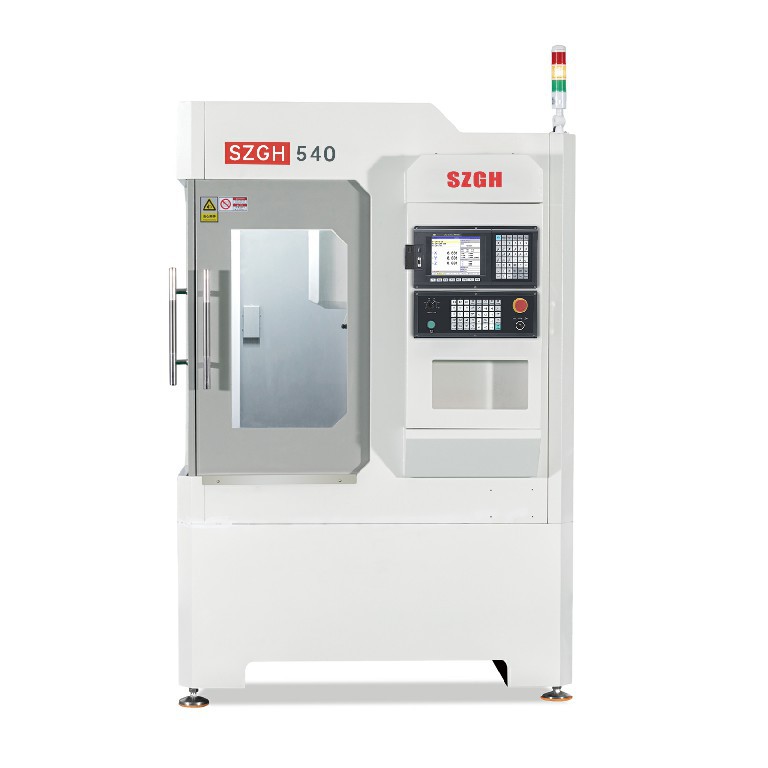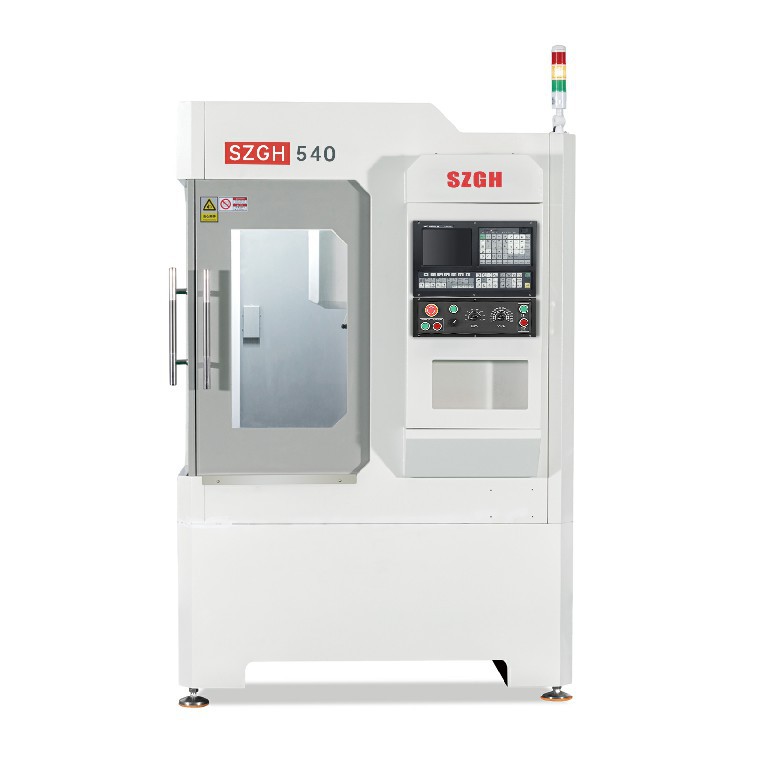Managing cutting forces and cutting temperatures is crucial in milling machine machining to ensure optimal machining performance, tool life, and surface quality. Here are some methods to manage cutting forces and cutting temperatures effectively:
1) Cutting Parameters Optimization: Adjust the cutting parameters, such as cutting speed, feed rate, and depth of cut, to optimize the balance between material removal rate and cutting forces. Higher cutting speeds and lighter feed rates can help reduce cutting forces and temperature generation.
2) Tool Selection and Geometry: Choose appropriate cutting tools with the right tool material, coating, and geometry. Different tool geometries, such as higher rake angles or chip breaker designs, can help control cutting forces and temperature by improving chip formation and evacuation.
3) Lubrication and Cooling: Use appropriate cutting fluids or coolants to lubricate the cutting zone, reduce friction, and dissipate heat. The cooling effect helps control cutting temperatures and extends tool life. Consider the type of coolant (e.g., soluble oil, synthetic coolant) based on the material being machined.
4) Tool Coatings: Utilize tool coatings, such as TiN (Titanium Nitride) or TiAlN (Titanium Aluminum Nitride), which offer better wear resistance and heat resistance. These coatings can help reduce friction, cutting forces, and heat buildup during machining.
5) Tool Path Strategies: Optimize tool path strategies, such as using trochoidal or high-efficiency milling techniques. These strategies involve tool engagement with reduced radial depths of cut and intermittent cutting, which can reduce cutting forces and heat generation.
6) Machine Rigidity: Ensure the milling machine and workpiece setup provide sufficient rigidity to handle the cutting forces. Insufficient rigidity can lead to vibration, deflection, and increased cutting forces. Use appropriate work holding methods, tool holders, and fixturing to enhance stability.
7) Chip Management: Efficient chip evacuation is essential to prevent chip recutting and excessive heat generation. Proper chip evacuation techniques, such as using appropriate cutting tool geometries, coolant flow, and chip breakers, can help manage cutting forces and temperature.
8) Simulation and Modeling: Utilize machining simulation software to analyze and optimize cutting forces and temperatures before actual machining. Virtual modeling allows for adjusting cutting parameters and tool geometries to minimize cutting forces and temperatures while maintaining machining efficiency.
9) Machine Condition Monitoring: Implement machine condition monitoring systems that provide real-time feedback on cutting forces and temperatures. These systems can detect abnormalities and alert operators to potential issues, allowing for timely adjustments or tool replacements.
By implementing these techniques, operators can effectively manage cutting forces and cutting temperatures in milling machine machining. The goal is to balance machining efficiency, tool life, and surface quality while minimizing the adverse effects of excessive cutting forces and temperatures.
|
|
 |


